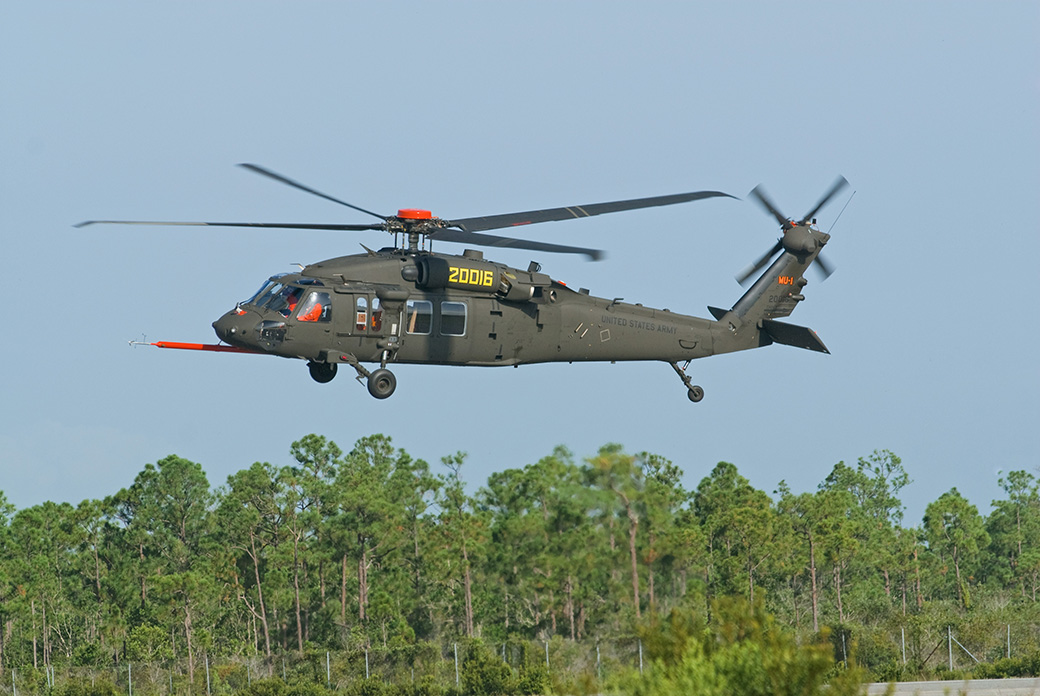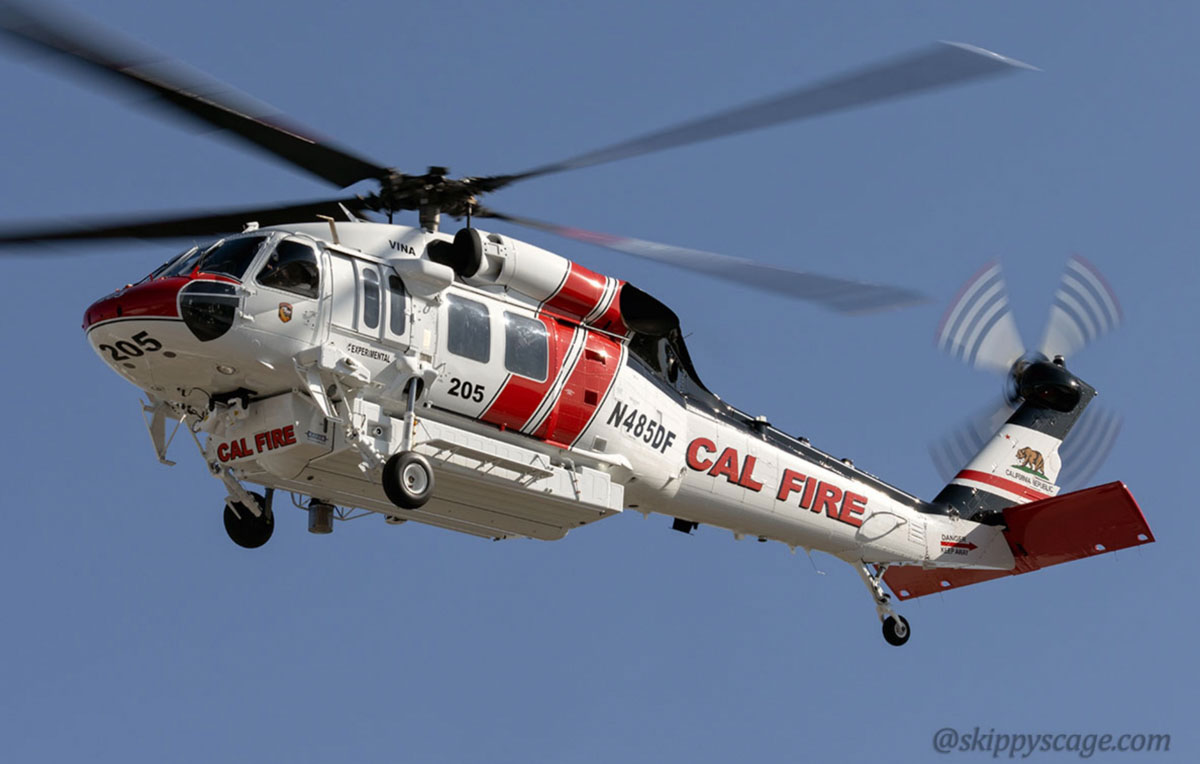Sikorsky S 70: Changing Tactical Workflow with Cutting-Edge Technology
High-Performance Multi-Role Rotorcraft Featuring Advanced Cabin Technologies and Integrated Sensing Unit Solutions
The world of rotorcraft innovation has seen notable innovations in recent times, specifically in the world of high-performance multi-role rotorcraft outfitted with innovative cockpit modern technologies and perfectly integrated sensor systems. In the adhering to discussion, we will discover the evolution of rotorcraft innovation, dive right into the realm of sophisticated cabin developments, and check out the implications of incorporated sensing unit systems on the functional flexibility and performance of modern rotorcraft.
Advancement of Rotorcraft Innovation
The development of rotorcraft innovation has been marked by significant advancements in aerodynamics, products, and propulsion systems, forming the abilities and performance of contemporary rotorcraft. Furthermore, improvements in propulsion systems, including much more effective engines and cutting-edge propulsion modern technologies, have actually made it possible for rotorcraft to accomplish greater altitudes, faster speeds, and greater payloads.
These developments have not just changed the capabilities of rotorcraft however have actually likewise increased their applications throughout various sectors, consisting of military, business, and emergency solutions. The constant evolution of rotorcraft modern technology remains to drive advancement in the field, pressing the boundaries of what is feasible and shaping the future of upright flight.
Advanced Cabin Innovations
Structure upon the foundational innovations in the rules of aerodynamics, materials, and propulsion systems, the world of rotorcraft innovation now changes emphasis in the direction of introducing Advanced Cockpit Innovations. The assimilation of sophisticated innovations within the cabin environment plays a crucial function in enhancing the operational capacities, safety, and performance of modern rotorcraft. sikorsky s 70. Advanced Cabin Innovations encompass a wide variety of functions developed to give pilots with improved situational awareness, structured data monitoring, and user-friendly control interfaces
One of the crucial developments in cabin style is the implementation of glass cockpits, which replace standard analog gauges with high-resolution screens. These electronic systems provide adjustable formats, real-time information integration, and enhanced readability, making it possible for pilots to accessibility vital details at a look. Additionally, progressed avionics systems, such as fly-by-wire controls and boosted reality screens, are changing just how pilots interact with the aircraft, enabling exact control and enhanced decision-making capabilities.


Incorporating advanced cabin developments not only boosts pilot performance but additionally adds to general mission efficiency and safety in intricate operational settings. By leveraging cutting edge technologies within the cabin, rotorcraft manufacturers are establishing new criteria for operational quality and mission success.
Integrated Sensing Unit Systems
With the development of rotorcraft technology, the assimilation of advanced Integrated Sensor Equipment has ended up being paramount in boosting functional effectiveness and safety and security. These Integrated Sensor Solutions encompass a large array of modern technologies that provide essential data for numerous functions such as navigation, security, targeting, and environmental tracking. By seamlessly incorporating sensors like radars, cams, lidar, and infrared systems right into rotorcraft, operators can gain from boosted situational awareness, improved goal capabilities, and minimized pilot work.
One key benefit of Integrated Sensing unit Equipments is their ability to collect real-time information and provide actionable insights to pilots and objective drivers. Advanced radar systems can discover and track targets over long ranges, permitting for very early threat detection and reliable feedback planning. In addition, incorporating infrared read more and electro-optical video cameras makes it possible for rotorcraft to carry out reconnaissance and security missions with accuracy and accuracy.
Fundamentally, the integration of sophisticated sensor modern technologies right into rotorcraft not only improves operational performance yet also adds significantly to overall mission success and staff safety and security. As rotorcraft remain to progress, the function of Integrated Sensor Systems will most certainly continue to be at the leading edge of advancement in the aerospace market.
Operational Convenience and Performance
Enhancing operational flexibility and efficiency in rotorcraft is an all-natural development from the assimilation of sophisticated Integrated Sensor Systems. By leveraging the insights and data given by these sophisticated sensor systems, rotorcraft can optimize their efficiency across numerous objectives and environments.
Functional adaptability encompasses the capacity of rotorcraft to adjust to different duties and scenarios successfully. With sophisticated cockpit modern technologies and incorporated sensor systems, rotorcraft can flawlessly shift between tasks such as search and rescue, medical discharge, monitoring, and extra. This flexibility improves the rotorcraft's ability to meet varied operational needs without requiring considerable reconfiguration.
Effectiveness in rotorcraft procedures is vital see it here for maximizing goal effectiveness and resource application. Integrated sensing unit systems play an essential role in improving functional performance by offering real-time information on climate conditions, terrain mapping, target monitoring, and more. This data allows pilots to make enlightened decisions quickly, enhance trip courses, conserve fuel, and enhance general goal performance.
Influence On Modern Aviation Workflow

Furthermore, the assimilation of advanced sensing units helps with boosted mission preparation and execution, allowing rotorcraft to perform a vast array of jobs with enhanced precision. From search and rescue procedures to aerial firefighting and regulation enforcement missions, the abilities of modern-day rotorcraft geared up with innovative cockpit modern technologies and integrated sensing unit systems are unparalleled.
Furthermore, the influence of these improvements extends past functional effectiveness to cost-effectiveness and sustainability. By optimizing flight courses, gas consumption, and maintenance timetables, high-performance rotorcraft equipped with advanced cockpit modern technologies and sensors contribute to decreasing functional prices and environmental effect, making them essential possessions in modern-day aviation procedures.
Verdict
Finally, the high-performance multi-role rotorcraft with innovative cabin modern technologies and integrated sensor systems represents a considerable development in aeronautics modern technology. These innovations improve operational versatility and effectiveness, eventually affecting modern-day aeronautics procedures in a favorable method. The combination of these sophisticated innovations enables enhanced abilities and performance in different objective situations, showcasing the continued improvement of rotorcraft innovation in the air travel market.
The realm of rotorcraft technology has seen notable developments in recent times, specifically in the world of high-performance multi-role rotorcraft furnished with innovative cabin innovations and perfectly integrated sensor systems. From boosted goal convenience to enhanced functional efficiency, the convergence of advanced cabin innovations and integrated sensing unit systems address has ushered in a new period of opportunities for rotorcraft applications. In the following conversation, we will explore the advancement of rotorcraft innovation, delve right into the realm of innovative cabin advancements, and analyze the effects of integrated sensing unit systems on the functional flexibility and performance of contemporary rotorcraft.
